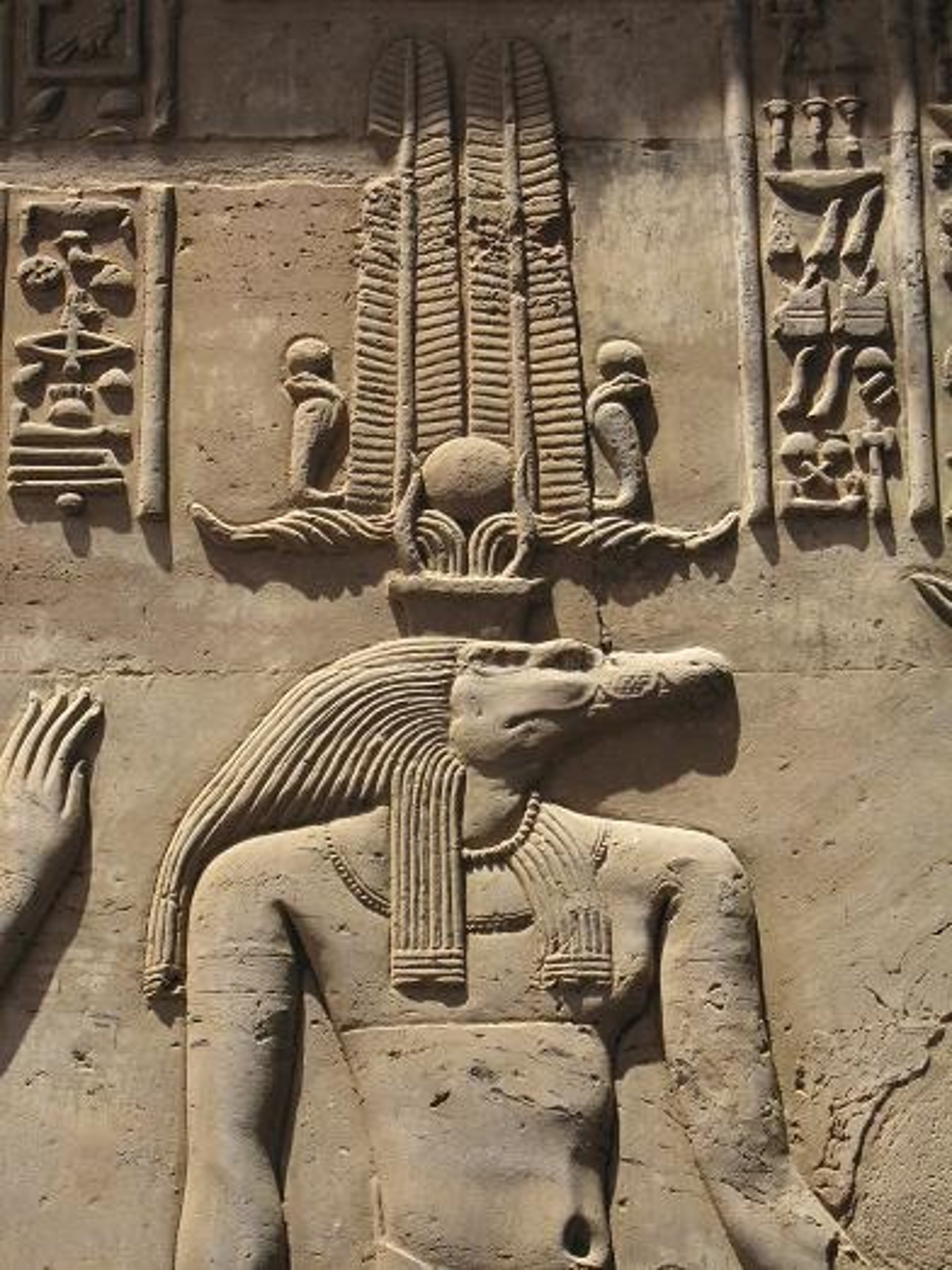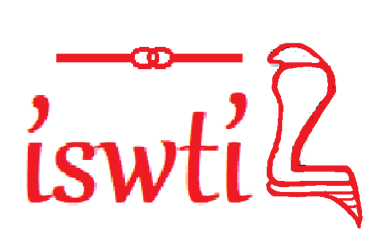Build your own dreams, Get started using this CODE: EOSDAHLIA6M2 to get a 20% off Reach.
The Forgotten Coptic Priest Who Helped Decode Hieroglyphs
Did you know? When Jean-François Champollion, the famed French scholar, finally cracked the code of ancient Egyptian hieroglyphs on September 14, 1822, he wasn’t working alone. Behind this historic breakthrough stood a remarkable Coptic priest—Yohanna al-Chiftichi —whose contributions were essential but rarely acknowledged.
BY DAHLIA SAAD EL-DIN
Dahlia Saad El-Din
5/8/20243 min read



Ancient Egyptian history
Yohanna al-Chiftichi: The Coptic Priest Who Helped Champollion Decipher Hieroglyphics
Did you know? When Jean-François Champollion, the famed French scholar, finally cracked the code of ancient Egyptian hieroglyphs on September 14, 1822, he wasn’t working alone. Behind this historic breakthrough stood a remarkable Coptic priest—Yohanna al-Chiftichi —whose contributions were essential but rarely acknowledged.
How Champollion Discovered the Key to Hieroglyphs—Thanks to a Coptic Priest
Champollion had a deep passion for the Coptic language, believing it to be the direct descendant of the ancient Egyptian tongue. He often referred to Coptic as the "key" to unlocking Egypt’s ancient scripts.
In his personal letters, he wrote to his brother:
“I have fully devoted myself to learning Coptic. I want to master it just as I do French, because my monumental work on Egyptian papyri depends on it. My Coptic is improving every day, and speaking it brings me great joy. Imagine the thrill of conversing in the language of Amenhotep, Ramses, and Thutmose! I now think and even dream in Coptic.”
Champollion didn’t merely study Coptic; he compiled Coptic grammar books, translated dialects, and even authored parts of Coptic dictionaries. His obsession went so far that he often translated random thoughts into Coptic just to practice!
This intense study laid the foundation for his later discoveries. He realised the word “mes” in hieroglyphs meant “to give birth,” mirroring its Coptic equivalent “mise.” Likewise, the sun symbol in hieroglyphs corresponded to “Ra” in Coptic. By combining these signs, he identified the name "Ramses" in cartouches, reading it as “Ra-mes.” He also recognised the name “Thutmose” by connecting the ibis bird symbol (representing Thoth, god of wisdom) with the word “mes.”
Who Was Yohanna al-Chiftichi , The Coptic Priest Behind the Scenes?
Champollion’s journey into Coptic began with his Arabic teacher, Dom Raphael de Monachis, a renowned scholar of Arabic and Coptic at the School of Oriental Languages in Paris. Dom Raphael introduced Champollion to Yohanna al-Chiftichi —a Coptic priest who had arrived in France from Egypt in 1802 and was serving as the priest of the Church of Saint-Roch in Paris.
Through direct conversations with al-Chiftichi , Champollion polished his Coptic, unlocking vital insights into ancient Egyptian writing.
In a letter dated April 21, 1809, Champollion expressed his gratitude:
“My Coptic is progressing smoothly, and I find immense joy in it. You can’t imagine how thrilling it is to speak the language of my beloved pharaohs—Amenhotep III, Ramses, and Thutmose.”
Interestingly, newspapers in France reported on Champollion’s lectures in 1831, where he discussed the similarities between Coptic and ancient Egyptian, proving how Coptic held the key to understanding hieroglyphs [Jean Lacouture, Champollion: A Life of Light, pp. 158, 182-183, 407, 616-617].
Yohanna al-Chiftichi : A Forgotten Hero
Despite his major role, Yohanna al-Chiftichi remains an unsung figure. According to Fr. Basilious Sobhy, who delivered a lecture about him in the Virgin Mary Church in Zeitoun, al-Chiftichi came from a prominent priestly family. He served as priest at the Church of the Virgin Mary in Haret El-Roum, where his father, Fr. Rizkallah, and his brother, Fr. Girgis, were also priests.
The esteemed historian Nabih Kamel Dawood (1937–2010) discovered a rare manuscript at the Church of the Virgin Mary in Haret El-Roum, revealing details about al-Chiftichi ’s background—though more research is still needed to verify its accuracy.
A Rich Historical Legacy
Another in-depth study by Dr. Anwar Louka (1927–2003) unearthed rare French military records stored at Vincennes Fortress near Paris. These documents show al-Chiftichi ’s remarkable career:
Born in Cairo, he worked as a translator and court clerk in Giza.
He served as interpreter for French officers during Napoleon’s campaign in Egypt.
He worked with famed scholar Fourier to document Egypt’s history.
He even applied for French citizenship, earning recommendations from seven top French generals.
Al-Chiftichi was praised for his generosity, donating half his salary to support his late brothers' widows and children.
Moreover, letters from the French Interior Ministry recommend involving al-Chiftichi in scholarly projects like the monumental encyclopedia Description de l’Égypte due to his unparalleled linguistic expertise.
In Paris, he continued serving as a priest for the Egyptian Coptic community. Later, in 1825, he moved to Marseille seeking a warmer climate for his health and stayed there until his death, though the exact date of his passing remains unknown.
The Coptic Language: The Hidden Link
Interestingly, scholars long before Champollion also suspected that Coptic was closely tied to ancient Egyptian:
German Jesuit Athanasius Kircher (1602–1680) had explored this connection but couldn’t crack the code.
French orientalist Étienne Quatremère (1782–1857) published a groundbreaking book in 1808 proving that ancient Egyptian should be traced through Coptic.
Why This Story Matters Today
This incredible story highlights the deep link between Coptic heritage and Egypt’s ancient civilization. Yohanna al-Chiftichi ’s life proves that hidden behind every famous discovery, there are often unsung heroes whose dedication shapes history.
Sources:
Jean Lacouture, Champollion: A Life of Light (translated by Nabil Saad)
Zahi Hawass et al., Champollion: The Great Steps in Egypt
Dr. Anwar Louka, Yohanna al-Chiftichi , Champollion’s Teacher (from The Coptic Heritage Encyclopedia)
Athanasius Kircher, Index of Writings of the Alexandrian Church Fathers
Fr. Basilious Sobhy, Lecture on Yohanna al-Chiftichi , Virgin Mary Church, Zeitoun (2018)
Dr. Yohanna Nassim Youssef, Introduction to Coptic Studies (October 2013)
Robert Solé, Egypt: A French Passion (translated by Latif Farag)


